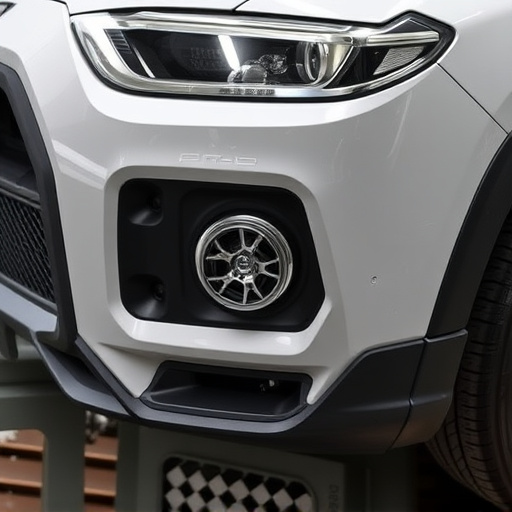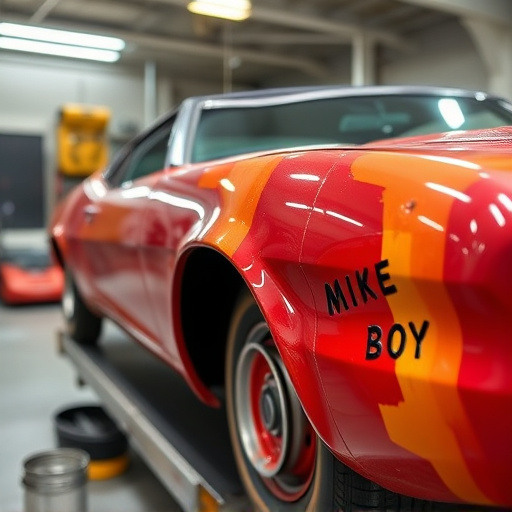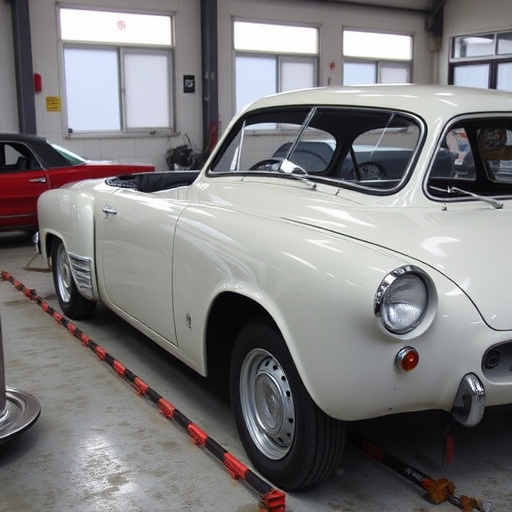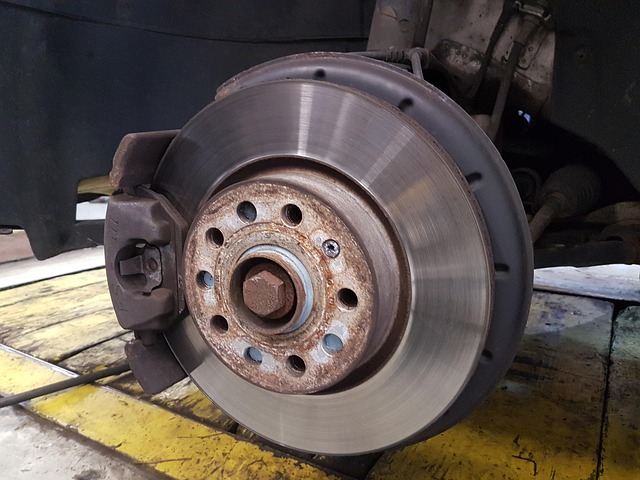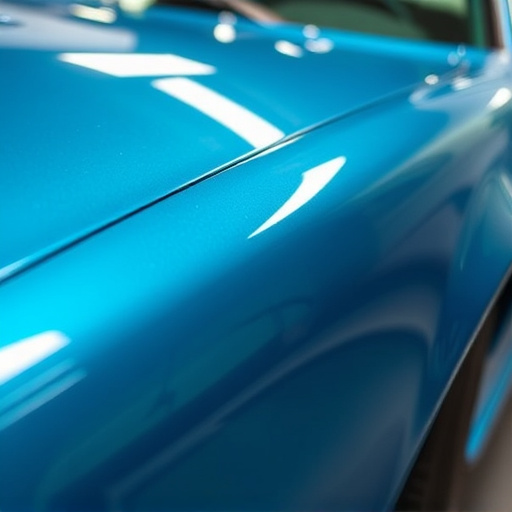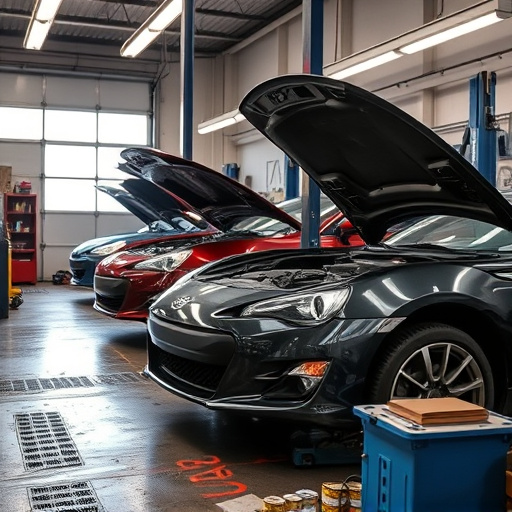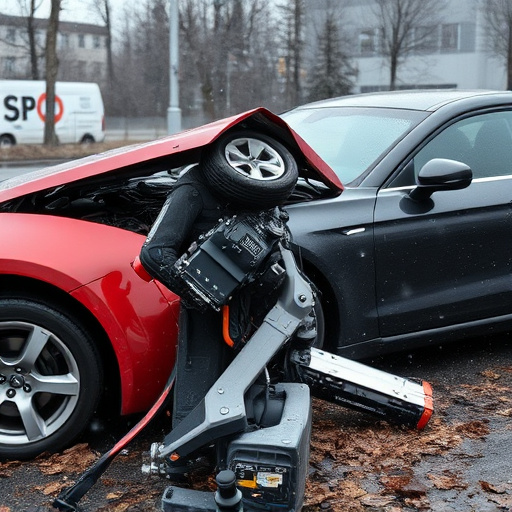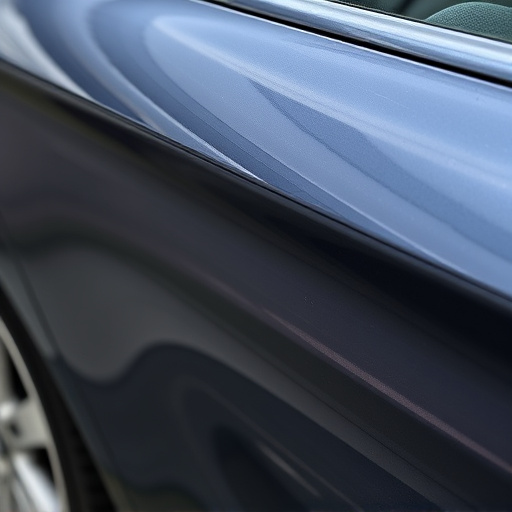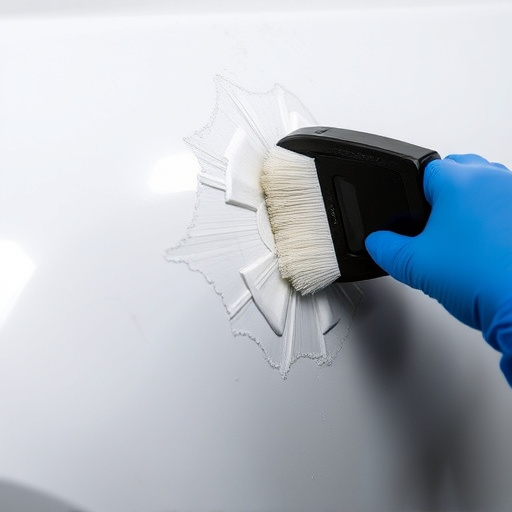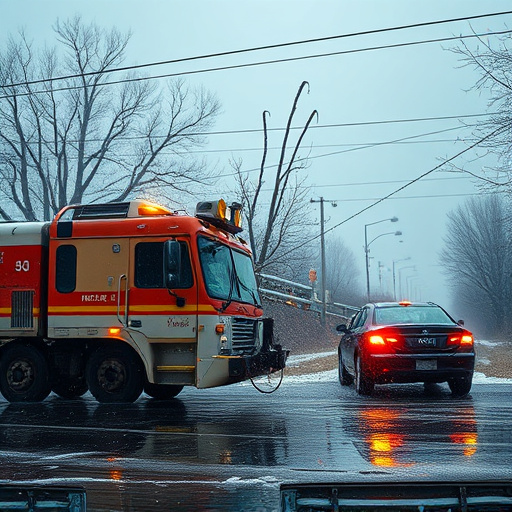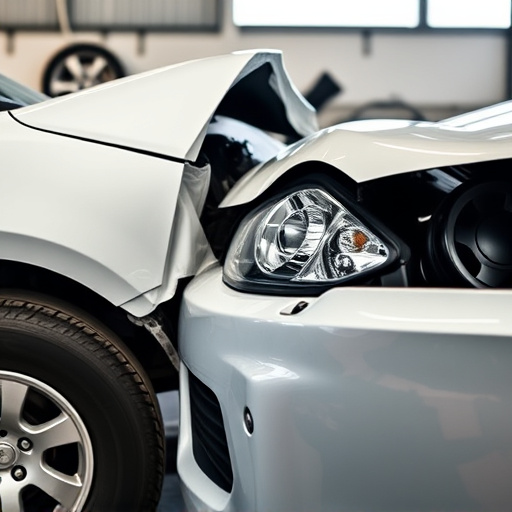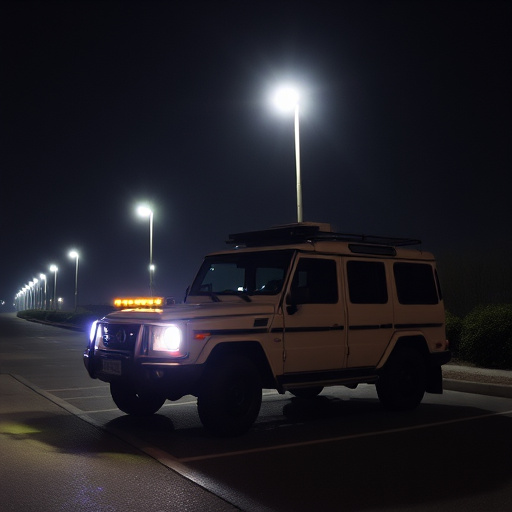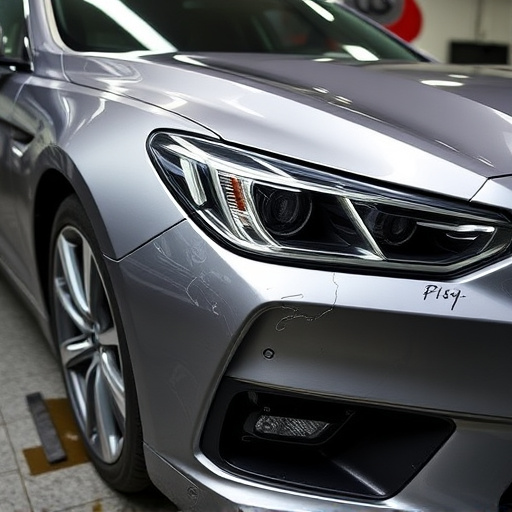After harsh winters, vehicles in humid areas often suffer rust damage from moisture, salt, and temperature fluctuations. Specialized auto shops assess corrosion, pitting, and surface deterioration using advanced techniques. They offer solutions from fender repair to body panel replacement, implement preventive strategies like underbody coating, and use high-quality protective coatings for severe cases, ensuring structural integrity and safe transportation as winter transitions to warmer months.
As winter transitions into spring, many businesses, especially those in colder climates, face a common challenge: assessing and addressing rust damage. This article delves into the strategies shops employ to determine the severity of rust formed on metal surfaces during the harsh winter months. By understanding how rust develops and spreads, businesses can implement effective rust repair techniques, ensuring customer satisfaction and maintaining their inventory’s integrity.
- Assessing Winter's Impact on Metal Surfaces
- Understanding Rust's Formation and Spread
- Strategies for Effective Rust Repair
Assessing Winter's Impact on Metal Surfaces

After the harsh winter months, many metal surfaces suffer from exposure to extreme temperatures, ice, and snow, leading to concerns about rust repair after winter damage. Shops specializing in vehicle bodywork and auto painting are often the first port of call for car owners concerned about their vehicle’s condition. They meticulously assess the impact of winter on various metal components. This process involves carefully examining the extent of corrosion, pitting, and overall surface deterioration caused by the cold season.
By employing advanced techniques, these experts can identify hidden damage that may have been obscured by snow or ice. They understand that rust repair isn’t just about aesthetics; it’s crucial for maintaining structural integrity, especially in critical components like frames and chassis. The ultimate goal is to restore not only the vehicle’s external appearance but also its safety and reliability, ensuring a smooth transition from winter’s grasp to the warmer months ahead.
Understanding Rust's Formation and Spread
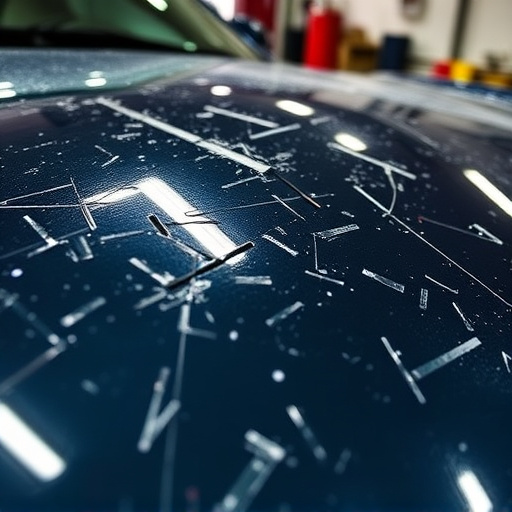
Rust is a common issue that many vehicle owners face after the winter months. Its formation and spread are closely tied to environmental factors such as moisture, salt, and temperature fluctuations. During the colder seasons, water in the car’s underbody can freeze and thaw, creating a perfect environment for rust to develop. Salt used on roads also accelerates corrosion by drawing out metal ions from the vehicle’s surface. As winter wear and tear takes its toll, it’s no surprise that areas like fenders, wheel wells, and floor pans are particularly vulnerable to rust damage.
Shops specializing in car repair and paint services understand these processes well. They employ trained technicians who can meticulously inspect vehicles for signs of rust repair after winter damage. By identifying the severity and extent of rust, they can recommend appropriate solutions, whether it’s minor fender repair or more extensive body panel replacement. Effective rust prevention strategies, such as underbody coating and sealing, are also part of their toolkit to safeguard against future corrosion.
Strategies for Effective Rust Repair
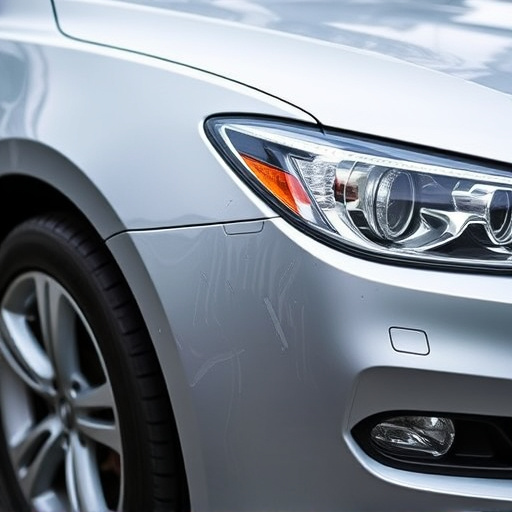
After the harsh winter months, many vehicles suffer from rust damage, particularly in areas with high humidity and frequent temperature fluctuations. Effective rust repair requires a strategic approach to ensure long-lasting results. Shops specializing in automotive restoration or Mercedes Benz collision repair often employ several techniques to assess and mitigate rust severity.
The first step involves thoroughly inspecting the affected area, identifying the extent of corrosion, and determining the best course of action. This may include sandblasting or media blasting to remove surface rust and loose debris, followed by applying a primer to protect the metal and prevent further oxidation. For more severe cases, professional repair services might use specialized tools for metal welding and patching, ensuring structural integrity. Additionally, utilizing high-quality rust converters and protective coatings can provide an extra layer of defense against future corrosion, common practices in both automotive collision repair and restoration projects.
Shops employ a multi-faceted approach to assess and address rust severity post-winter. By understanding how rust forms and spreads, they can implement effective strategies for rust repair, ensuring vehicles return to peak condition. Key practices include meticulous surface assessments, utilizing specialized tools, and adhering to proven techniques for rust removal and prevention, ultimately facilitating swift recovery from winter damage. These measures not only restore aesthetics but also safeguard the structural integrity of metal components.
